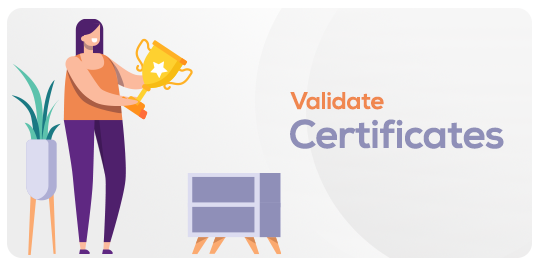Textbook of Exercise Therapy-Fundamentals and Practices
in Physiotherapy
Created by
Sheetal Kalra
About this course
Special Features
•Authored, contributed, and reviewed by the senior subject experts
•First comprehensive textbook on Exercise Therapy, aligned with curriculum standards
•Features 1000+ clinical photographs and illustrations
•Includes 500+ subjective and objective questions
•Step-wise and pictorial presentation of Exercise Techniques
•Perfect amalgamation of Fundamentals and Practices
•Covers key topics, such as MMT, Goniometry, Hydrotherapy, Manual Therapy, and Soft
Tissue Manipulation
Comments (0)
High Yield Topics
36 Parts
Fig 1.4-Three-anatomical-planes
0.73 MB
Fig. 1.17 Center of gravity in human body
0.78 MB
Fig. 1.26 An example of a stress-strain curve
0.71 MB
Figs 3.4A to C A. Types of muscle contraction
1.06 MB
Fig. 3.2 General mechanism of skeletal muscle contraction
0.95 MB
Fig. 5.2 Gravity inclinometer
0.88 MB
Figs 6.1A to O Various sites for girth measurements
2.03 MB
Table 8.1 Physiological adaptations to strength training
1.17 MB
Table 8.2 Physiological adaptations to power training
0.83 MB
Table 8.3 Physiological adaptations to endurance training
1.04 MB
Fig. 10.3 Stretch reflex
1.08 MB
Fig. 10.50 Principle and mechanism of action of myofascial release
0.79 MB
Fig. 13.4 Cerebellar cytoarchitecture
1 MB
Table 13.4 Nonequilibrium coordination tests
1.05 MB
Table 15.1 Upper extremity D1 flexion pattern
0.68 MB
Table 15.2 Upper extremity D1 extension pattern
0.68 MB
Table 15.3 Upper extremity D2 flexion pattern
0.69 MB
Table 15.4 Upper extremity D2 extension pattern
0.68 MB
Table 15.5 Lower extremity D1 flexion pattern
0.65 MB
Table 15.6 Lower extremity D1 extension pattern
0.65 MB
Table 15.7 Lower extremity D2 flexion pattern
0.65 MB
Table 15.8 Lower extremity D2 extension pattern
0.65 MB
Table 16.2 Classification of spinal pathologies by Mckenzie
0.92 MB
Table 16.3 Neurodynamic tests
0.68 MB
Table 16.4 Kaltenborn grading of joint mobilization
0.75 MB
Table 16.6 Normal or abnormal end feel
0.96 MB
Table 16.7 Common capsular patterns according to Cyriax
0.96 MB
Fig. 16.19 Maitland grading of joint mobilization
0.62 MB
Fig. 18.1 Benefits of relaxation techniques
0.69 MB
Figs 19.7A and B Axial and vertical suspension
0.75 MB
Table 22.1 Gait deviations as per different etiologies
1.64 MB
Figs 22.2A to C Phases with percentage of gait cycle
0.8 MB
Figs 23.20A to E Gait training—sitting with the walker
0.93 MB
Fig. 23.25 Gait pattern when walking with crutches
1.74 MB
Fig. 24.2 Mechanism of postural control
0.82 MB
Figs 25.3A to G Yoga asanas for flexibility
1.26 MB
Search on the Go
22 Parts
1.1 Levers
1.02 MB
2.1 Patient Assessment
0.83 MB
2.2 Pelvic Tilt
1.36 MB
3.1 Group Action of Muscles
0.87 MB
3.2 Active and Passive Insufficiency
1.35 MB
4.1 Grades of Manual Muscle Testing
0.89 MB
4.2 Muscles of Spine
0.69 MB
4.3 Techniques of MMT for Facial Muscles
5.08 MB
5.1 Methods of Joint Measurement
0.45 MB
6.1 Tests for Incoordination
3.73 MB
7.1 Principles and Procedure of Passive Movements
0.68 MB
9.1 Principles of Resisted Exercises
0.77 MB
10.1 Determinants of Effective Stretching
1.05 MB
11.1 Overtraining Syndrome
0.82 MB
14.1 Home Exercise Prescription
0.78 MB
15.1 Basic Principles of PNF
1.2 MB
15.2 Head and Neck PNF Patterns
1.58 MB
15.3 PNF Techniques
1.26 MB
17.1 Physiological Effects of Soft Tissue Manipulation
1.07 MB
20.1 Physiological Effects of Hydrotherapy
1.7 MB
21.1 Treatment for Poor Posture
1.7 MB
22.1 Determinants of Gait
1.02 MB

0
0 Reviews
.jpg)





